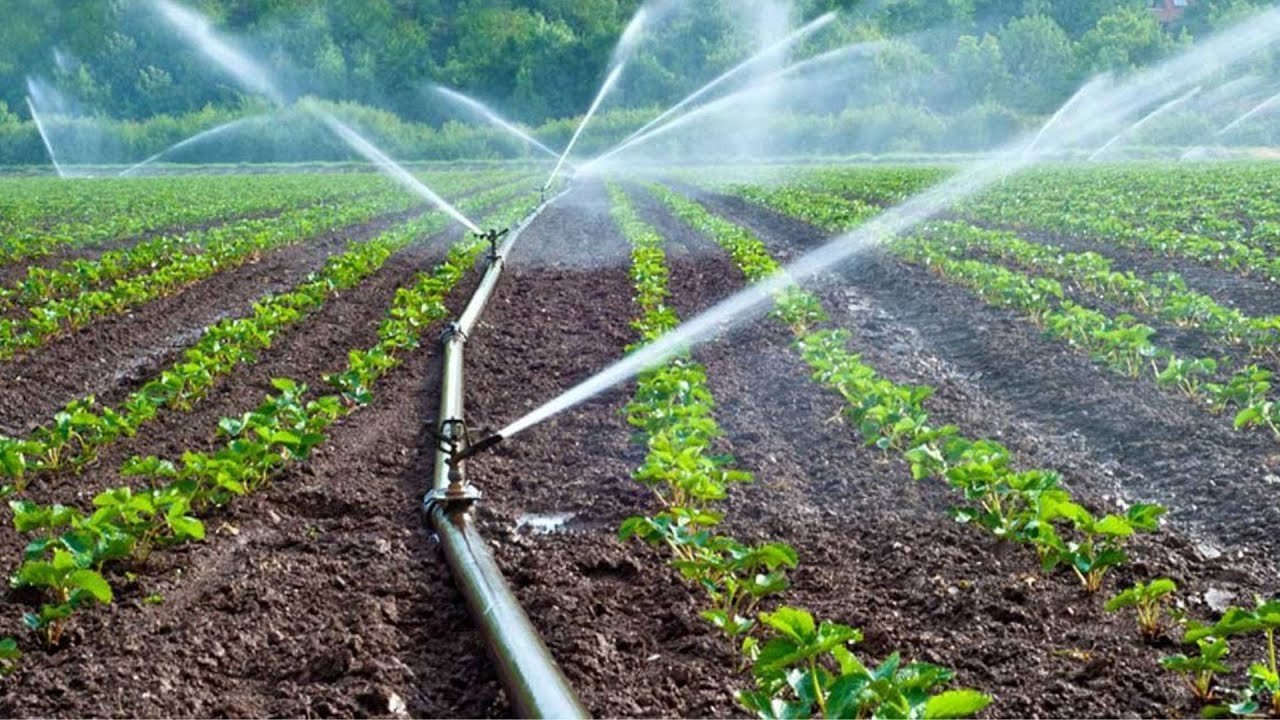Agriculture Water Drip Irrigation Systems
Agriculture Water Drip Irrigation Systems: Efficient and Sustainable Farming
Introduction
Agriculture water drip irrigation structures have won a reputation in current farming practices because of their green water utilization and sustainable technique. These structures revolutionize conventional irrigation techniques by handing over water at once to plant roots, minimizing waste, and selling the most efficient growth. This article will discover the blessings of agriculture water drip irrigation structures and deal with not unusual place questions on their implementation and effectiveness.

1. Efficient Water Usage
Agriculture water drip irrigation structures are designed to offer water at once to the foundation region of plants. This focused transport guarantees minimum water loss because of evaporation or runoff, main to green water utilization. Drip irrigation can lessen water utilization by as much as 50% compared to standard irrigation techniques, making it an environmentally pleasant choice.
2. Enhanced Crop Health and Productivity
Agriculture water drip irrigation systems and structures hold constant moisture degrees by handing water to the plant roots at once, lowering pressure, and selling wholesome growth. Well-regulated moisture degrees decorate nutrient uptake and limit disease danger, resulting in progressed crop fitness and better yields.

3. Weed Control
Drip irrigation structures supply water, especially to the plant roots, restricting water availability for weeds. This focused technique reduces weed growth, minimizing opposition for water and vitamins. Drip irrigation structures permit vegetation to thrive and maximize its capacity by controlling weed growth.
4. Precision Nutrient Application
Agriculture water drip irrigation structures allow particular and localized nutrient utility. Fertilizers and vitamins may be focused on the foundation region of plants, ensuring green uptake and lowering waste. This precision allows farmers to optimize nutrient utilization, lessen costs, and limit environmental impact.

5. Soil Erosion Prevention
Traditional irrigation techniques frequently bring about runoff, main to soil erosion. Agriculture drip irrigation structures implement water slowly and steadily, minimizing runoff and erosion. This mild utility of water allows hold soil structure, lessen compaction, and hold soil fertility.
6. Flexibility and Scalability
Agriculture water drip irrigation structures provide flexibility and scalability to fit diverse area sizes, crop types, and topographies. They may be without difficulty custom designed to fulfill the precise water necessities of various vegetation. Additionally, those structures may be automatic and included with sensors, considering particular management and tracking of irrigation schedules.


